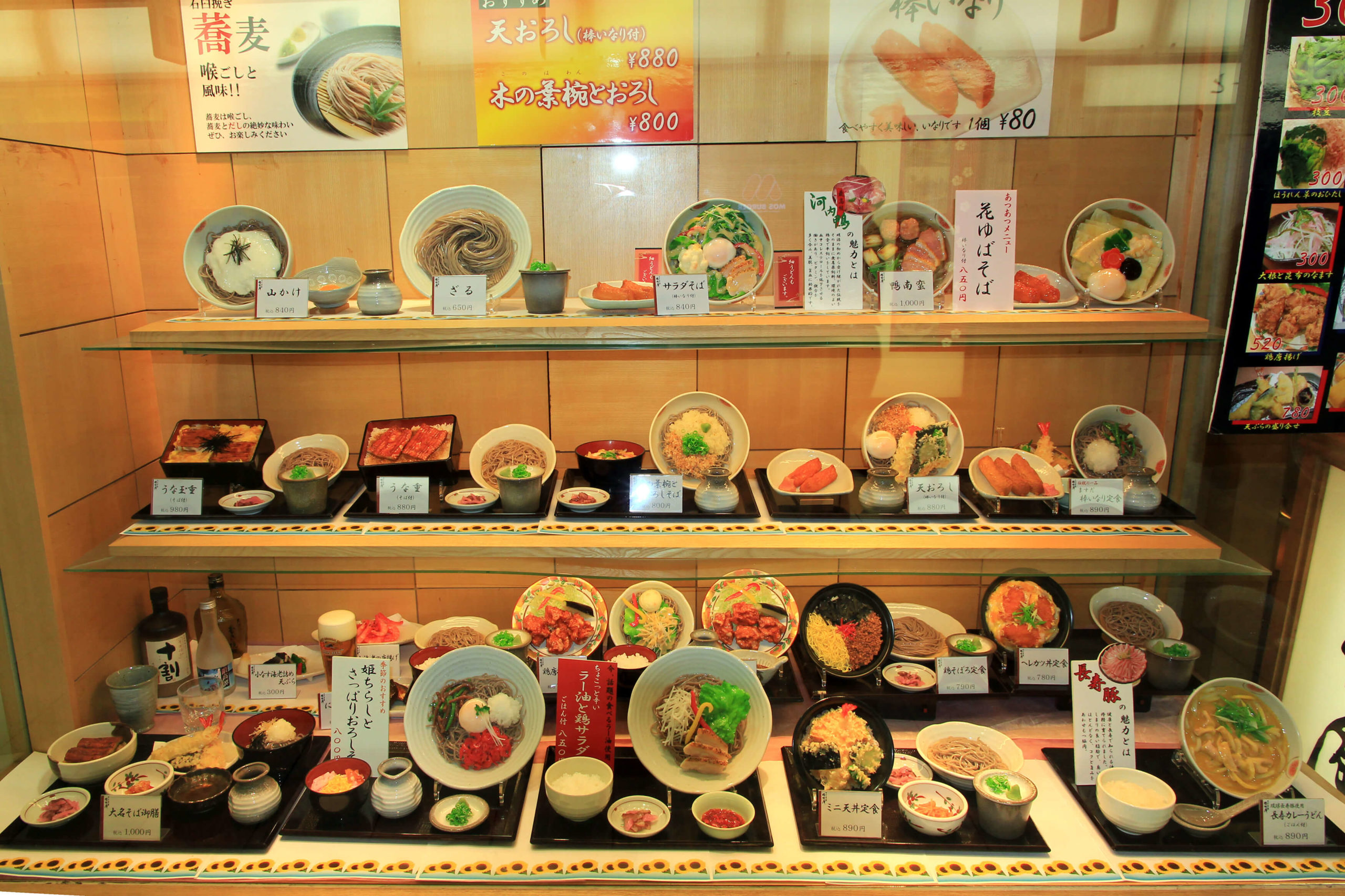
Last Updated: 27 Dec 2024 Cultural differences and customer experience
I was finally able to visit Japan again at the end of 2023, after a four and a half year gap. I was curious to see what had and what hadn’t changed during that time.
The food was still delicious, and better value than ever because of the weak yen, but the impact of labour shortages on customer service and the attempt to use automation to overcome this were very frustrating.
One coffee shop I visited, which had plenty of empty seats, insisted on customers writing their name on a waiting list and queuing outside. Yet when the waitress finally took me took my table, she told me I had to make my order with a QR code. Even then, after waiting more than twenty minutes, my tea did not appear, so I gave up and left.
I had a better experience at a dumpling and soup restaurant one evening. It seemed to be an independent business run by two young men, yet it had the kind of ticket ordering machine you see in cheap ramen chains. It seemed odd at first that I had to use the machine and then hand over the tickets to the two owners behind the counter, when I could easily have told them my order. I think they must have decided to have a machine not just to save money on a waiter, but also because it allowed them to focus on making a really good stock and excellent dumplings. They also provided friendly customer service, chatting with regular customers as they cooked.
This is a good use of automation – to get the customer to do the work in advance that might otherwise cause delays for them and distract the employees from the core business, but in as painless a way as possible.
Maybe there is a cultural difference. Westerners are impatient but I saw many Japanese customers happily queuing – usually for restaurants which had been highly rated by Tabelog. I suppose queue reassured customers that they were doing something popular.
Clearly the Japanese immigration authority recognises that incoming foreigners find the endless queues frustrating, yet it has made the queuing worse, by having multiple automated and manual processes to achieve the same thing. Many travellers find the many assistants trying to help irritating rather than helpful.
I realise entering a foreign country is a much more complicated process than returning to your own, but I was able to get on a train within 20 minutes of my plane landing when I returned to the UK from a recent trip to Poland. This was thanks to the automatic passport gates and lots of clear signage – but no attendants.
One of the people I met on my business trip to Japan was a customer experience designer by day, and a close-up magician by night. I am beginning to wonder now if there is a connection between these two skills, an ability to unobtrusively lead the customer into seeing and understanding something, so they respond as desired.
This article originally appeared in Japanese in the Teikoku Databank News on 17th January 2024
If you’re interested in keeping your Japanese customers happy – we have courses focused on communicating with Japanese customers, and what their expectations are.
Related articles
22. Dare to be Barefoot【Column: Leap Before You Look】
One thing I never 屈服する (gave in to) while living here in the US for many years is to wear shoes insi
The culture component and why it matters in management
Let me start with what might at first appear to be a personal story unrelated to cross-cultural mana
21. Shower, Bath & Beyond【Column: Leap Before You Look】
The 26th of every month is designated as a “風呂の日 (furo day, or bath day)” in Japan. This comes




